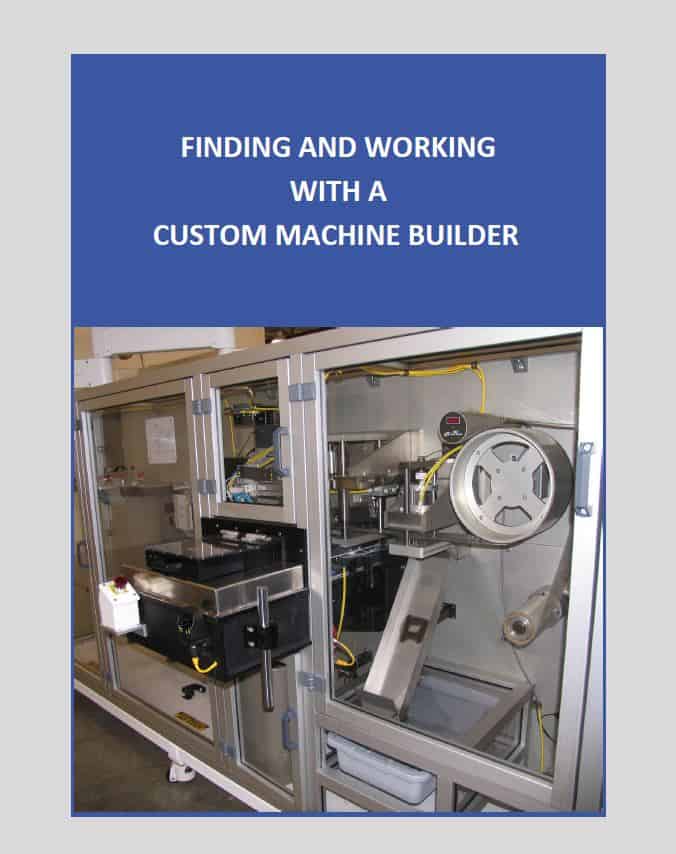Diligent supply chain management is essential to every successful enterprise.

Suppliers provide the materials and critical infrastructure necessary for product realization. They act as agents of delivery for products and they provide the tools, utilities and even training necessary for everyday operations. Managing suppliers and understanding the intricacies of operational supply chain management ensures performance metrics like on time delivery and product quality are repeatable, consistent data points that can contribute to strategic planning.
There are three pillars to supply chain management, each of these points hold indispensable value for a business.
Supplier Selection
Just a few decades ago, supplier options were considerably more restricted. In many cases, options were limited to one or two possible providers of any given part or service. In today’s global economy, that has shifted drastically. In many cases there are now dozens of options for purchase of most parts and materials. Time and caution should be taken in selecting the suppliers that will be the best fit for a specific organization is part of responsible supply chain management. Consider their ability to meet the need at hand but also whether there is capacity to meet increased volume demands if the need arrives. In addition to volume, does the supplier provide expedient turnaround times? Are they able to handle multiple needs and facilitate bulk purchasing, or are they a low-volume provider for a single item? Take the time to interview each new supplier and most importantly, be willing to commit to a supplier who is willing to commit to your operation’s success.
Metrics and Feedback
Once a supplier has been vetted as capable and dependable, metrics and feedback must become part of the equation. Successful businesses provide customers with on time delivery and quality product. These are trackable metrics every company can maintain with critical-component suppliers. Even the most basic enterprise systems and receiving processes will allow a measure of how frequently a supplier delivers on-time or how frequently a part must be returned as defective.
When a supplier’s performance drops noticeably or when cost increases as a direct result of supplier failure they must receive feedback. Taking the time to speak at length with suppliers and to understand the root causes for mistakes not only helps to resolve a situation but helps to build a stronger business relationship. Ensure when providing performance data and feedback to suppliers that the right person receives the information. Conversations should be documented and include the feedback provided in the record. If issues persist, having a recorded history can make negotiations more direct and impactful. When a supplier hears feedback and improves as a result, or when a supplier consistently achieves favorable metrics it should also be recognized. Some companies find that formal awards for “highest volume”, “top-rated” or “most improved” supplier are useful in sharing appreciation.
Security
The final pillar of successful supply chain management is security. Security comes in many forms that must be addressed. First and most obvious, is physical security. The assurance that the material, part, shipment etc. being provided remains secure from damage, theft, or contamination by weather and external forces. Physical security does not happen organically, it requires working with suppliers to meet unique needs like specialized packaging, detailed shipping instructions or handling protocols. Every supply chain is different, as are most parts and materials. The only commonality is that they all have value. Taking the time to address protection of that value will pay for itself through material savings.
In addition to physical security there is another less intuitive form of security; the protection of Intellectual Property (IP). It is critical that when digital or physical drawings are sent out for production, they are handled properly. In some cases, this may mean specific file types or handling procedures, in other circumstances it could be how the drawings are physically labeled, stored or displayed during production. Physical and digital security are fields that hold risk for businesses. Make certain when working within your supply chain that your infrastructure has taken the time to communicate security concerns clearly to all the interested parties.
Understanding supply chain elements like security, metrics and supplier selection are only the beginning when it comes to successful supply chain management. In a future blog we will look at a detailed approach to several ISO compliant supply chain management techniques that support these three pillars in a holistic system that is both low-cost and easily maintained.
Learn more about how Keller Technology is a reliable part of your successful supply chain management.






